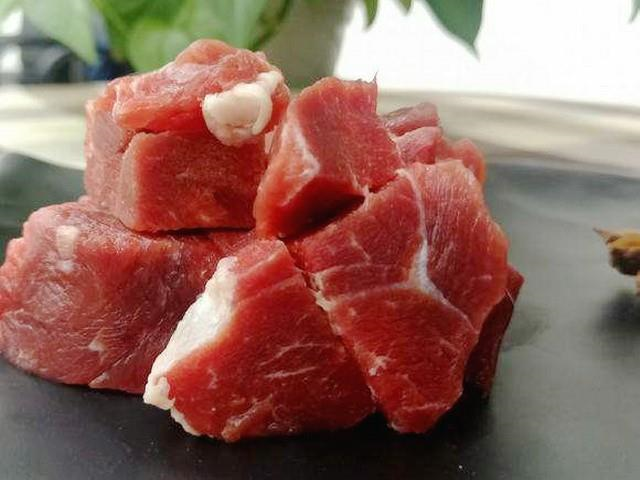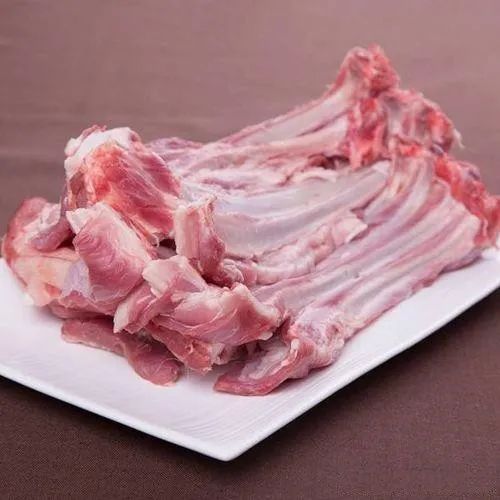The China-EU Agreement on Geographical Indications officially entered into force on March 1, 2021. It is China's first bilateral comprehensive and high-level agreement on the protection of geographical indications (GIs), and an important and practical outcome in the development of China-EU economic and trade relations in recent years.
We will continue to introduce to you the first batch of 100 Chinese GIs and 100 European GIs under the Agreement, to better protect and market them to meet the needs of consumers on both sides for a better life.
GI Episode 36: Otog Arbas Goat Meat
Otog Arbas goat meat refers to the meat of Arbas goats raised in Otog Banner, Ordos City, Inner Mongolia Autonomous Region. Endowed with the perfect environment for raising goats, Otog Banner gives the goat meat tender texture, high protein, amino acids and iron, yet low fat and cholesterol. Arbas goat is a fragrant, juicy and palatable breed.

Otog Banner has a history of over 340 years. Home to several minority ethnic groups, it has always been a major political, economic and cultural center in provinces along China’s northern border. The Arbas goat, one of the earliest breeds of Asian goat, is native to the Qianli Mountain and the Zhuozi Mountain in Inner Mongolia. Archaeological evidence traces this breed as far back as the Neolithic Age, when the nomads on the Otog grassland started raising this breed of goat. The goat has a slender face, a straight or slightly concave nose, sporting long mane on the forehead and a full beard. Both male and female Arbas goats have horns. Selective breeding and natural evolution have made Arbas goats an excellent breed. As its name suggests, the Arbas goat originated from Arbas Sumu (Township) in Otog Banner.

The Otog Banner is in a high position in the east and slopes in the west. Located in arid and semi-arid areas, the banner features a typical continental climate with rare precipitation and abundant sunlight and heat. The Yellow River runs across areas where the Arbas goat is raised, offering abundant, high-quality groundwater and other favorable conditions for the development of green food. These areas boast aeolian sandy soil and meadow-chestnut soil, allowing Arbas goats to spend their days in the open air grazing lush pastures.

According to The Compendium of Materia Medica, a comprehensive medical book written by Chinese medicine expert Li Shizhen (1518–1593), mutton and goat meat are very good for health. Fed with pollution-free forage and water, the adult Arbas goat has a well-built body, a straight back, a sturdy waist, powerful legs, and firm hoofs. Its meat is rich in nutrients the human body needs and has a dense and tight texture. It is tender, juicy, aromatic, and packed with flavor and therefore requires little seasoning. Local herdsmen believe eating Arbas goat meat can keep them warm in winter. The goat meat contains over 19% protein, over 18% amino acids, and only 4–4.5% fat. Cholesterol makes up less than 65% of its fat. Suffice to say, it is incredibly healthy meat.

On June 15, 2021, the first Otog Banner GI Conference was held to introduce local goods protected by the China-EU Agreement on Geographical Indications. This conference aimed to promote the development of agriculture and animal husbandry in Otog Banner as well as specialty agricultural products like Arbas goat meat and Otog spirulina. The second Otog Banner GI Conference & Arbas Goat Meat Food Festival kicked off on September 15, 2022. At the event, in addition to marketing Arbas goat meat and other specialty agricultural products and promoting related ecommerce platforms, Otog Banner also aspired to make a name for itself as a producer of superior agricultural goods.



